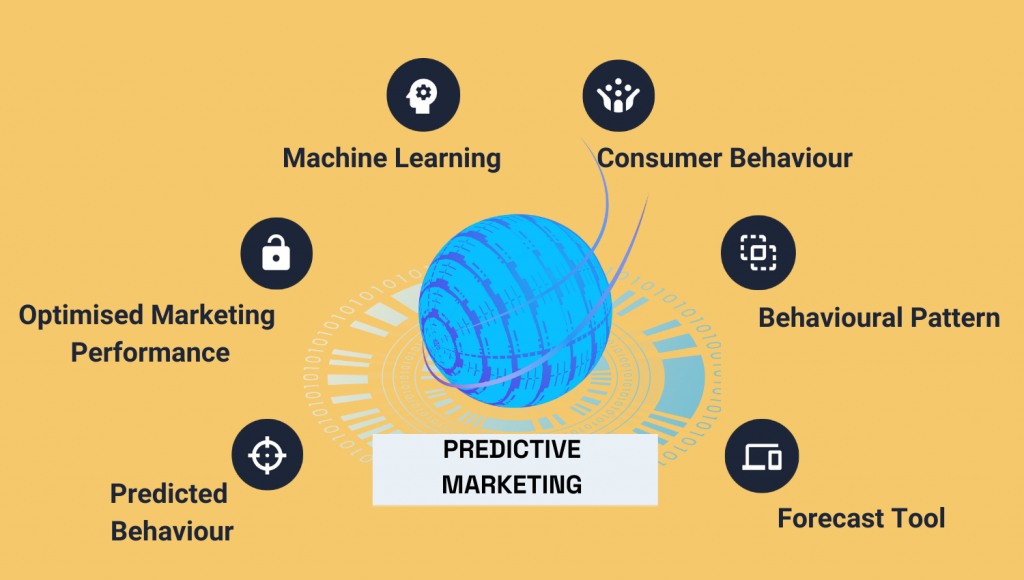
How Predictive Analytics Can Revolutionize Your Marketing Game
Are you tired of guessing what your customers want? Do you want to improve your marketing strategy to increase conversions and revenue? Look no further than predictive analytics!
What is Predictive Analytics?
Predictive analytics is a data-driven approach that uses statistical algorithms and machine learning techniques to analyze past data and make predictions about future events. In marketing, predictive analytics can be used to understand customer behavior and preferences, identify potential leads, and improve targeting and personalization.
Why use Predictive Analytics in Marketing?
Using predictive analytics in marketing can provide numerous benefits, including:
- Improved targeting: By analyzing customer data, predictive analytics can identify the most likely prospects to convert and target them with personalized messaging and offers.
- Increased conversions: By targeting the right audience with the right message, predictive analytics can improve conversion rates and generate more revenue.
- Reduced churn: By predicting which customers are likely to leave, predictive analytics can help companies take proactive measures to retain them.
- Enhanced customer experience: By using predictive analytics to understand customer preferences and behavior, companies can provide a personalized and seamless experience that meets their needs and expectations.
How to Implement Predictive Analytics in Marketing
- Define your objectives: What do you want to achieve with predictive analytics? Identify the problems you want to solve and the opportunities you want to pursue.
- Collect and clean data: To use predictive analytics, you need to have access to relevant data. Collect data from various sources, such as customer interactions, website behavior, and social media activity. Clean and prepare the data for analysis to ensure accuracy and reliability.
- Choose the right tools and techniques: There are numerous tools and techniques available for predictive analytics, such as regression analysis, decision trees, and neural networks. Choose the ones that best fit your objectives and data.
- Build and test models: Using the selected tools and techniques, build predictive models that can forecast customer behavior and preferences. Test the models to ensure they are accurate and reliable.
- Implement and monitor: Once the models are validated, implement them into your marketing strategy. Monitor their performance and make adjustments as needed.
Examples of Predictive Analytics in Marketing
Predictive analytics can be used in various ways in marketing, such as:
- Lead scoring: Predictive models can analyze customer data to identify the most likely prospects to convert and prioritize them for sales teams.
- Churn prediction: Predictive models can analyze customer behavior to identify those who are likely to leave and prompt companies to take action to retain them.
- Personalization: Predictive models can analyze customer preferences and behavior to provide personalized recommendations and offers.
- Forecasting: Predictive models can analyze past sales data to forecast future sales and adjust marketing strategies accordingly.
Conclusion
Predictive analytics is a powerful tool that can transform your marketing game and help you achieve your business objectives. By using data-driven insights, you can improve targeting, increase conversions, reduce churn, and enhance the customer experience. Don’t wait to start using predictive analytics in your marketing strategy!
Email- contact@devopsschool.com

 Starting: 1st of Every Month
Starting: 1st of Every Month  +91 8409492687
+91 8409492687  Contact@DevOpsSchool.com
Contact@DevOpsSchool.com
